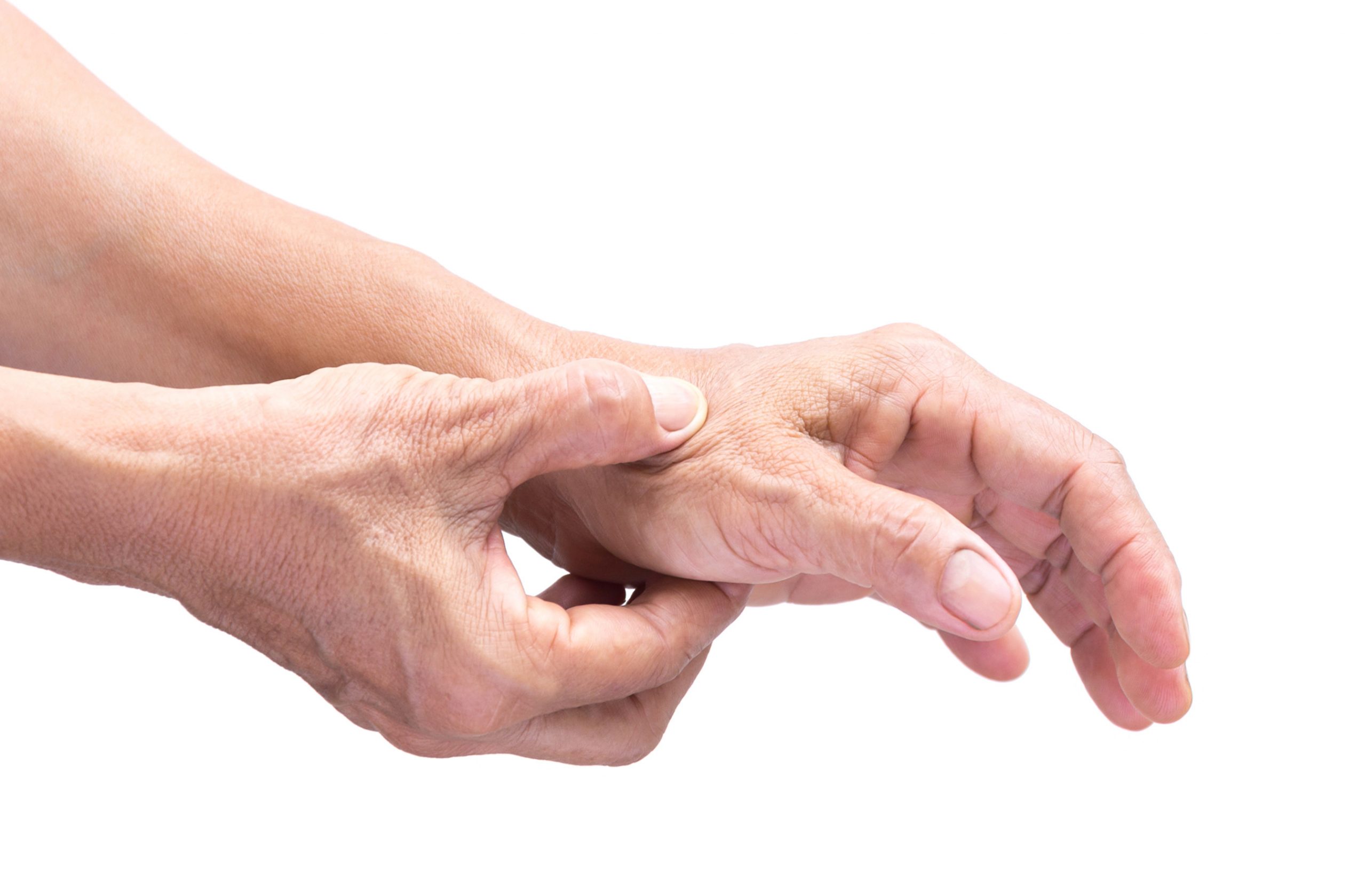
A deep cut on the palm side of the fingers, hand, wrist, or forearm can damage the flexor tendons (the tissues that help control movement in the hand). A flexor ten-don injury can make it impossible to bend the fingers or thumb.
Because flexor tendons are very close to the surface of the skin, a deep cut can easily hit a flexor tendon and frequently, the tendon is often cut into two pieces. Like a rubber band, tendons are under tension as they connect the muscle to the bone. Because the nerves to the fingers are also very close to the tendons, a cut may damage them, as well. This will result in numbness on one or both sides of the finger. If blood vessels are also cut, the finger may have no blood supply. This requires immediate surgery.
In addition to cuts on the arm, hand, or fingers, certain sports activities can cause flexor tendon injuries. These injuries often occur in football, wrestling, and rugby. “Jersey finger” is one of the most common of these sports injuries. It can happen when one player grabs another person’s jersey, and a finger (usually the ring finger) gets caught and pulled. The tendon is pulled off the bone. In sports that require a lot of arm and hand strength, such as rock climbing, tendons and/or their sheaths can also be stretched or torn.
Certain health conditions (rheumatoid arthritis, for example) weaken the flexor tendons and make them more likely to tear. This can happen without warning or injury. Tendons cannot heal unless the ends are touching, which does not occur with a complete tear. In most cases, a cut or torn tendon must be repaired by an orthopaedic hand surgeon and requires surgery. Surgery is usually performed within 7 to 10 days after an injury. In general, the sooner surgery is performed, the better recovery will be.
Because tendons tear in different ways — such as straight across, at an angle, or pulled right off of the bone — there are many different methods to repair them. All the methods for repair, however, involve special sutures. Surgery is usually performed on an outpatient basis and a special dressing and splint is required after the surgery. Many doctors use a plastic splint to protect the repair where the fingers and wrist are placed in a bent position to keep tension off the repair.
The Hand & Upper Extremity Center
From Injury Through Recovery
The SRO Hand Center affords each patient, state-of-the-art medical care in a friendly and compassionate environment. Our team treatment model focuses on diagnostics and meticulous surgical details, in addition to carefully monitored post-surgical rehabilitation and recovery.

